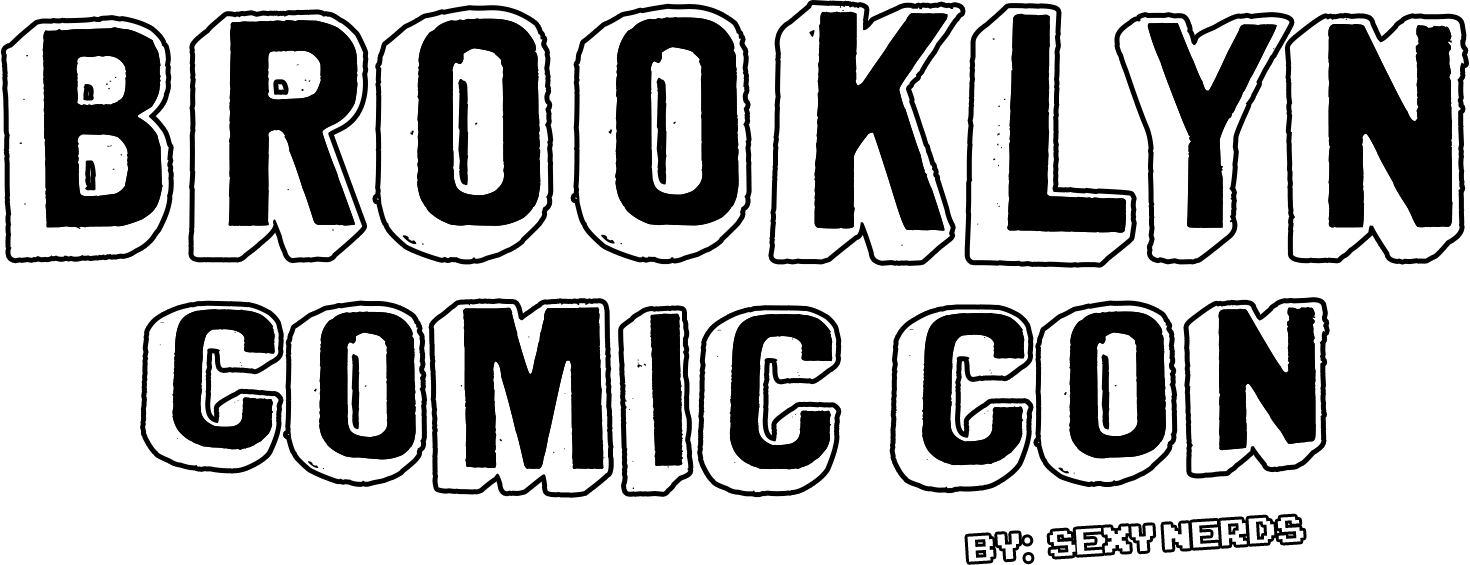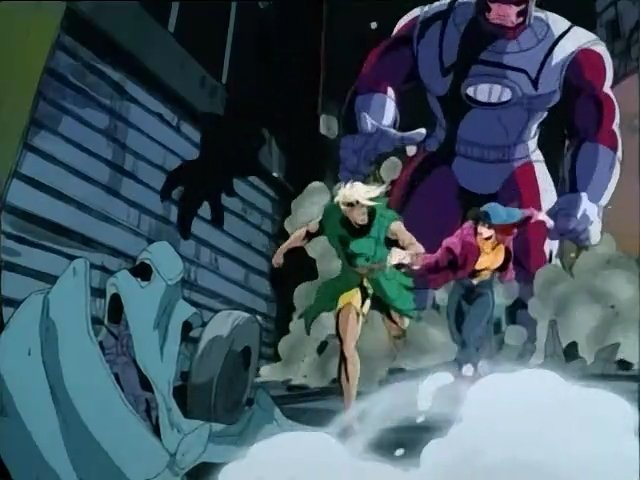The Lasting Legacy of the 90s X-Men Animated Series
You can already hear the opening theme music in your head. In the annals of superhero television, few series have captured the imagination and hearts of fans like the X-Men Animated Series of the 1990s. Premiering in 1992 and running through 1997, this series not only introduced a generation to the marvels of the Marvel Universe but also set a high standard for narrative depth in animated superhero shows. With a rich story arcs, complex characters, and intricate relationships, the X-Men Animated Series remains a seminal work that continues to influence animation today.
Pioneering Storytelling in Animation
The X-Men Animated Series was notable for its ambitious storytelling, adopting a serialized format that was rare in children's cartoons at the time. This approach allowed for more complex plots and character development, diving deep into the backstories and personal conflicts of each member of the X-Men. The show tackled heavy themes such as prejudice, acceptance, and personal sacrifice, making it resonate with a wider and older audience than typically expected for an animated series. This depth of storytelling helped to lay the groundwork for the modern perception of animated shows as a legitimate medium for mature, sophisticated narratives.
Key Story Arcs
One of the series' strengths was its adaptation of pivotal comic book arcs, which it presented with a fidelity to the source material that both respected and expanded upon the original stories.
Days of Future Past: This two-part episode adapted one of the most beloved comic arcs, presenting a dystopian future where mutants are hunted by Sentinels. It was a poignant exploration of prejudice and resistance that resonated with many viewers.
The Phoenix Saga: Spanning multiple episodes, this saga detailed Jean Grey's transformation into the Phoenix, a being of pure thought and untold power. The storyline explored themes of power and control, culminating in the tragic "Dark Phoenix Saga" where Jean, corrupted by her immense power, becomes a destructive force.
The Savage Land: This arc provided a change of pace and setting, stranding several X-Men in a prehistoric land. The storyline was rich with action and intrigue, involving betrayal and new alliances.
Relationship Dynamics
Gambit and Rogue: One of the show’s more turbulent romances involved Gambit and Rogue, whose love was complicated by her inability to touch anyone without absorbing their powers and memories. Their flirtation and deep care for one another provided ongoing romantic tension throughout the series.
Cyclops and Jean Grey: Their relationship was central to the series, filled with romance and strife. Their bond was tested repeatedly, particularly through Jean’s transformations, highlighting themes of loyalty and sacrifice.
Wolverine’s Rivalries: Wolverine's gruff and loner nature led to some of the series' most intense dynamics, especially his rivalry with Cyclops and his fraught relationship with Sabretooth, his arch-nemesis. These relationships were explored in episodes that delved into Wolverine’s troubled past and his struggles with his aggressive nature.
Key Characters
Morph’s character arc was one of the most dramatic and emotionally charged in the series. Originally part of the X-Men, Morph is presumed dead in the early episodes but returns as a villain, twisted and broken by the betrayal he felt when left behind. His journey from beloved friend to antagonist and back to redemption was a poignant narrative about loss, identity, and forgiveness, deeply enriching the show's emotional landscape.
Beast, or Dr. Henry McCoy, was another standout character whose intellect and gentle nature were as central as his physical abilities. Episodes focusing on Beast often highlighted his struggle to reconcile his animalistic appearance with his deeply philosophical and gentle demeanor. His incarceration and trial in “Beauty and the Beast” serve as critical commentary on prejudice and fear of the 'other,' themes central to the X-Men ethos.
Storm’s arcs often explored themes of leadership and heritage. As a character who was both a powerful mutant and a revered figure in her homeland of Africa, Storm's stories, such as her battles to protect her ancestral home and her role as a leader when Cyclops was unavailable, highlighted her strength and complexity. Episodes like “Storm Front” showcased her as a queen in an alternate dimension, further exploring her capability to rule and protect.
Nightcrawler brought themes of faith and acceptance into the spotlight. His devout Christianity and struggle with his demonic appearance offered a unique perspective within the team. The episode “Nightcrawler” in which he inspires Wolverine to accept faith is particularly memorable, showcasing the depth of his character and the series’ willingness to tackle complex personal and theological themes.
Villains and Antagonists
While often portrayed as a villain, Magneto’s character arcs delved deep into his past as a Holocaust survivor, which shaped his views on humanity and mutants. His complex relationship with Professor Xavier, who was both his friend and ideological opponent, added layers to his character, portraying him not just as a villain but as a tragic hero shaped by his traumatic experiences. His quest to protect mutantkind, even at great personal cost, was highlighted in episodes like “Sanctuary,” where he creates a haven for mutants in space.
Mr. Sinister, also known as Nathaniel Essex, stands out as one of the most intriguing villains.. A brilliant and obsessed geneticist, Mr. Sinister's fascination with mutant genetics drives his villainous plots throughout the series. His particular interest in the genetic potential of Cyclops and Jean Grey makes him a constant threat to the X-Men, as he believes their powers are key to creating the ultimate mutant. Unlike other villains who seek domination or revenge, Mr. Sinister's goals are rooted in a twisted vision of evolutionary progress, making him a unique and persistent menace whose manipulations lead to several of the show’s most dramatic moments. His cold, calculated demeanor and ability to manipulate both DNA and people make him a formidable adversary who challenges the X-Men not just physically but ethically and intellectually.
As one of the ultimate villains in the X-Men universe, Apocalypse was portrayed as an almost immortal being obsessed with creating a world where only the fittest, specifically mutants, would survive. His appearances in episodes like “Time Fugitives” and “Beyond Good and Evil” were pivotal, highlighting his belief in mutation as a catalyst for evolution and his disregard for all life that he deemed weak. Apocalypse's characterization added a grand scale to the conflicts within the series, emphasizing the existential threats the X-Men faced.
Production Excellence
The show was a marvel of animation for its time, leveraging the capabilities of the era to bring the dynamic action of the comics to the screen. The character designs remained faithful to their comic book counterparts, which helped cement the visual identity of many characters for a wide audience.The iconic score of the X-Men Animated Series, with its memorable and energizing opening theme, played a pivotal role in setting the tone of the series, instantly capturing the attention and excitement of viewers with its dynamic, orchestral sound.
Legacy and Influence
The X-Men Animated Series not only introduced many to the X-Men franchise but also helped pave the way for the series of successful films and spin-offs. Its influence can be seen in the way modern superhero shows handle moral complexity and serialized storytelling.
The X-Men Animated Series remains a beloved classic, respected for its treatment of serious themes within the superhero genre. It stands as a testament to the power of animation to tell complex and engaging stories. For many fans, it provided their first glimpse into the struggles and triumphs of the X-Men, and its legacy continues to influence how superhero stories are told in the medium today.








